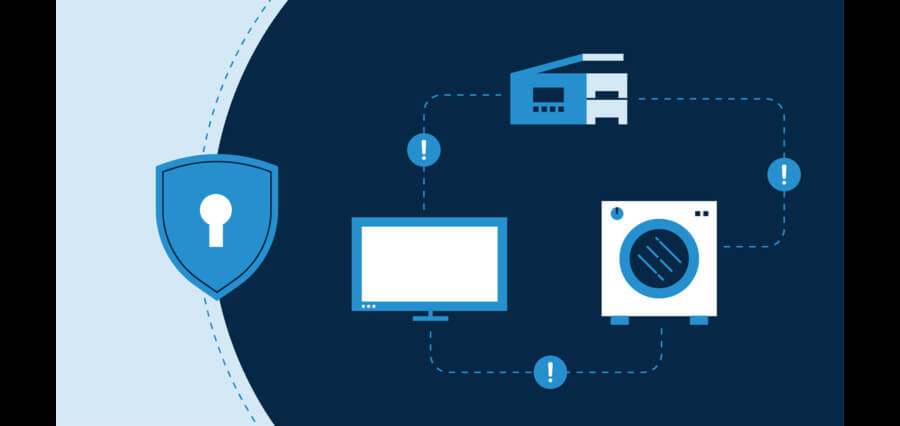Saga of Advancements
In the modern business landscape, the convergence of technological advancements and effective leadership practices has become a critical driver of success. As organizations navigate the digital age, leaders must not only grasp the intricacies of emerging technologies but also demonstrate the skills required to guide their teams through transformation. This article explores the symbiotic relationship between leadership and technological innovation, highlighting how integrating leadership aspects enhances the implementation and outcomes of cutting-edge technologies.
Understanding the Role of Leadership in Technological Innovation
Leadership plays a pivotal role in shaping an organization’s approach to technological innovation. Effective leaders recognize that innovation is not solely about implementing new technologies but also about fostering a culture that embraces change and experimentation. They set the tone for innovation by encouraging curiosity, risk-taking, and continuous learning among their teams.
Vision and Strategy Alignment
Incorporating technological innovations into an organization’s vision and strategy requires visionary leadership. Leaders who can articulate a clear vision for how technology will drive growth, enhance efficiency, and create value enable their teams to align efforts towards common objectives. This alignment ensures that technological investments are purpose-driven and lead to tangible outcomes.
Embracing Change and Adaptability
Technological advancements often bring about change, challenging established norms and workflows. Effective leaders guide their teams through these changes by fostering a culture of adaptability and resilience. They communicate the rationale behind technological shifts, address concerns, and lead by example, demonstrating their willingness to learn and adapt.
Empowering Collaboration
Modern technological innovations are rarely siloed endeavors; they often require cross-functional collaboration. Leaders facilitate collaboration by breaking down departmental barriers and encouraging open communication. Collaborative leadership ensures that diverse perspectives contribute to the development and implementation of technology-driven initiatives.
Leading by Data-Driven Insights
Technological innovations generate vast amounts of data that can inform decision-making. Leaders who prioritize data literacy can harness these insights to make informed strategic choices. They promote data-driven cultures by equipping teams with the skills to interpret and leverage data for better outcomes.
Nurturing Creativity and Experimentation
Innovation thrives in environments that foster creativity and experimentation. Forward-thinking leaders create spaces where team members feel empowered to propose new ideas, even if they involve some level of risk. They recognize that failure is an essential component of innovation, encouraging teams to learn from setbacks and iterate.
Ethical and Responsible Tech Adoption
Technological innovations can raise ethical concerns, such as privacy issues and potential biases in algorithms. Leaders must guide their organizations in adopting technologies responsibly, considering the broader societal implications. Ethical leadership in technology integration involves weighing the benefits against potential risks and ensuring alignment with core values.
Continuous Learning and Development
The pace of technological change demands ongoing learning and development for both leaders and their teams. Effective leaders model a commitment to continuous learning by staying informed about emerging technologies and industry trends. They provide opportunities for upskilling and reskilling, ensuring that the workforce remains adaptable and capable.
Communication and Transparency
Clear and transparent communication is paramount in technological transformations. Leaders act as communicators-in-chief, conveying the rationale behind technology adoption, addressing concerns, and keeping stakeholders informed about progress. Transparent communication builds trust and reduces resistance to change.
Inspiring Innovation Culture
Leadership that fosters an innovation culture encourages employees to think beyond existing boundaries. By recognizing and rewarding creative thinking, leaders stimulate a sense of ownership among team members, motivating them to contribute to the organization’s technological advancements.
Risk Management and Decision-Making
Effective leadership involves making informed decisions, especially when it comes to adopting new technologies. Leaders must carefully assess the potential risks and benefits of technological innovations. They consider factors such as cybersecurity vulnerabilities, scalability challenges, and potential disruptions. By integrating risk management into their decision-making processes, leaders minimize uncertainties and ensure the successful implementation of new technologies.
Leading Multi-Generational Teams
The modern workplace often comprises a diverse range of generations, each with varying levels of technological familiarity. Leaders must navigate this diversity by tailoring their leadership approaches to accommodate different learning styles and preferences. They bridge generational gaps by fostering an inclusive environment where employees of all ages can collaborate and learn from each other’s strengths.
Remote Work and Digital Leadership
Technological innovations have significantly impacted the way teams collaborate, especially in the context of remote work and virtual teams. Digital leadership involves effectively managing remote teams, ensuring clear communication, and leveraging technology to maintain productivity and engagement. Leaders who embrace digital leadership principles are better equipped to navigate the challenges and opportunities presented by remote work arrangements.
Read More: Click Here





